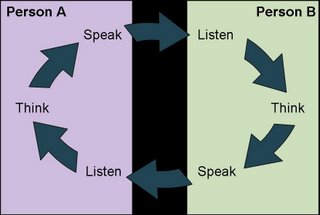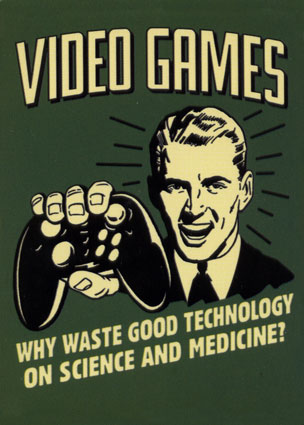As online business becomes a component of our everyday reality, it is increasingly important to evaluate the success of an organisations Internet presence. Today, there are a number of management tools that have been developed that are essential to Public Relations professionals to identify and calculate the effectiveness of a company’s online presence in comparison to its competitors.
Analytics Tracking Tool
Web analytics is the tool responsible for the measurement and collection of website data. By tracking the volume of traffic to your site, PR practitioners can evaluate their company’s performance and level of interest. This tool is also useful in seeing changes in the number of visitors to a company website after launching a campaign or implementing an advertising strategy. The other measurement attainable through this tool is to track the length of time individuals typically spend once accessing the website. This is crucial as encouraging individuals to enter a web page means nothing if the website itself is boring and uninteresting. This could result in the public navigating away from the site.
Content Distribution Tool
A content distribution tool is valuable for managing the substance of a PR campaign and presents opportunities to submit work via one online service and have the same content published on other social media networks. This is advantageous to PR practitioners as combined content enhances the appearance of an organisations services, products and brand image.
Email Management Software System
This tool helps organisations to manage large quantities of emails efficiently which in turn can be an effective reputation enhancer and a simple method to answer complex enquires. Email management software is important to implement in order to track customer enquiries and make consumers aware that your organisation is professional and responds promptly.
Professor of communications James Curran says “The first change is in terms of competition. Newspapers historically do not have to compete with broadcast and magazine news because other media do not balance timeliness with depth the way daily papers do. Online, however, everyone is publishing 24 hours a day, so the local paper now has to directly compete with the local ABC affiliate and whoever else.”
Another favourable aspect of publishing media online is that it is cost effective and can reach people on an international level unlike print media who struggle with geographical limitations. However the graph below presents interesting findings that demonstrate there are still huge markets to target with print media. I recommend reading discussions regarding this matter on the Facebook group ‘Online Media VS Traditional Print Media'. On this site people of all ages and backgrounds have debated and expressed interesting opinions on this topic. Why not join the group and have your say today!
















